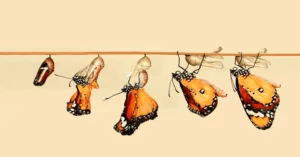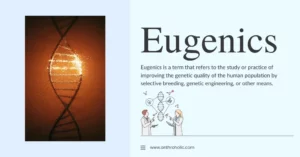AI Answer Evaluation Platform Live Now. Try Free Answer Evaluation Now
Hunting and Gathering (Foraging)
Hunting and gathering, also known as foraging, can be defined as the original subsistence economy of humankind. From the earliest hominids to some societies of the present day, foraging is a way of life that has defined much of human history [1].

Characteristics of Hunting and Gathering Economies
Simple Technology
The technology used in hunting and gathering societies is rudimentary, consisting primarily of simple tools and weapons. The earliest foragers crafted their tools from readily available materials like stone, wood, and bone, creating everything from spearheads to scrapers [2].
Lowest Population Density
Due to the carrying capacity of the environment and the amount of resources required per person, hunting and gathering societies tend to have the lowest population densities of any type of society. Estimates suggest that such societies typically had fewer than 1 person per square kilometer [3].
Small Size and Self Sufficiency
Hunting and gathering groups are typically small, often numbering fewer than 50 individuals. This is due to the limitations imposed by their environment and the need for mobility. These groups are self-sufficient, obtaining all necessary resources from their environment without the need for trade [4].
Division of Labour
In hunting and gathering societies, the division of labour is primarily based on age and gender. Men typically hunt large game, while women gather plant resources and catch small game. However, roles can vary between different societies, and are not rigidly defined.
| Age/Gender | Typical Role |
|---|---|
| Young males | Apprentice to older hunters |
| Adult males | Hunt large game |
| Young females | Assist in gathering and childcare |
| Adult females | Gather plant resources, small game |
Table 1: Typical division of labour in hunting and gathering societies
The Role of Fishing in Hunting and Gathering Economies
While hunting and gathering are often presented as the main subsistence activities in these societies, fishing plays a critical role in many foraging economies. Not only does fishing provide a reliable source of protein, but it also gives access to valuable resources such as bones and shells which can be used for tool making.
Fishing techniques can vary significantly between societies, depending on factors such as the type of water body (river, lake, ocean), the species of fish targeted, and the available technology. Techniques can range from simple hand fishing to the use of sophisticated traps and nets.
In many coastal and riverine societies, fishing can form the basis of the subsistence economy, with hunting and gathering playing a secondary role. For instance, the traditional Inuit societies of the Arctic rely heavily on fishing, alongside the hunting of marine mammals.
Conclusion
The hunting and gathering lifestyle, though largely replaced by agriculture and industrialization, remains a key part of our human heritage. Understanding the characteristics of these societies – their use of simple technology, their low population density, small group sizes, self sufficiency, and division of labour – provides valuable insights into the adaptability and resilience of the human species. The role of fishing within these societies further underscores the diversity and complexity of human subsistence strategies.
References
[1] Lee, R. B., & Daly, R. (1999). The Cambridge encyclopedia of hunters and gatherers. Cambridge University Press.
[2] O’Connell, J. F., Hawkes, K., & Blurton Jones, N. G. (1999). Grandmothering and the evolution of Homo erectus. Journal of Human Evolution.
[3] Kelly, R. L. (2013). The lifeways of hunter-gatherers: The foraging spectrum. Cambridge University Press.
[4] Bird-David, N. (1990). The giving environment: Another perspective on the economic system of gatherer-hunters. Current anthropology.




